

500 Years of Mission
Our wish and prayer for the future is that the Filipino Church be “missionary” and that all believers be authentic “missionary disciples” in tune with Pope Francis’ encyclical Evangelium Gaudium.
Browse past isues
Help the mission
Support the mission
Get in touch


January 2021


Our wish and prayer for the future is that the Filipino Church be “missionary” and that all believers be authentic “missionary disciples” in tune with Pope Francis’ encyclical Evangelium Gaudium.
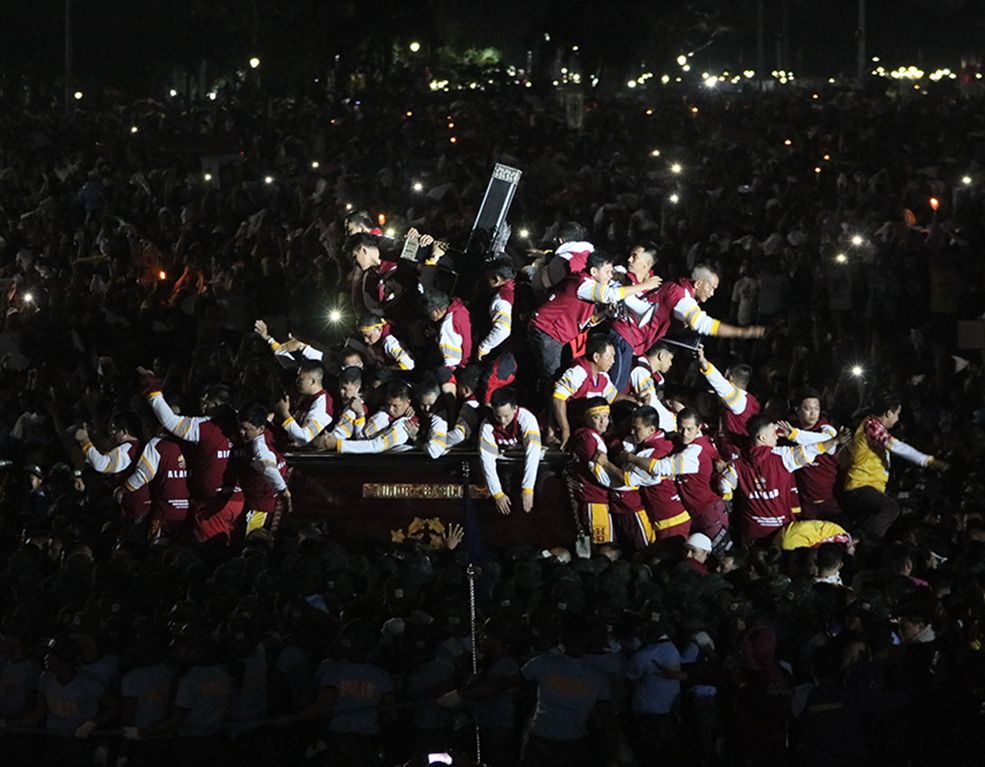

Even though the grand procession of the image of the Black Nazarene has been canceled this year due to coronavirus, the devotion to the centuries-old icon of Jesus Christ is unique in the world. Prof. Celia M. Bonilla traces the origins and developments of such deeply-rooted Filipino tradition.
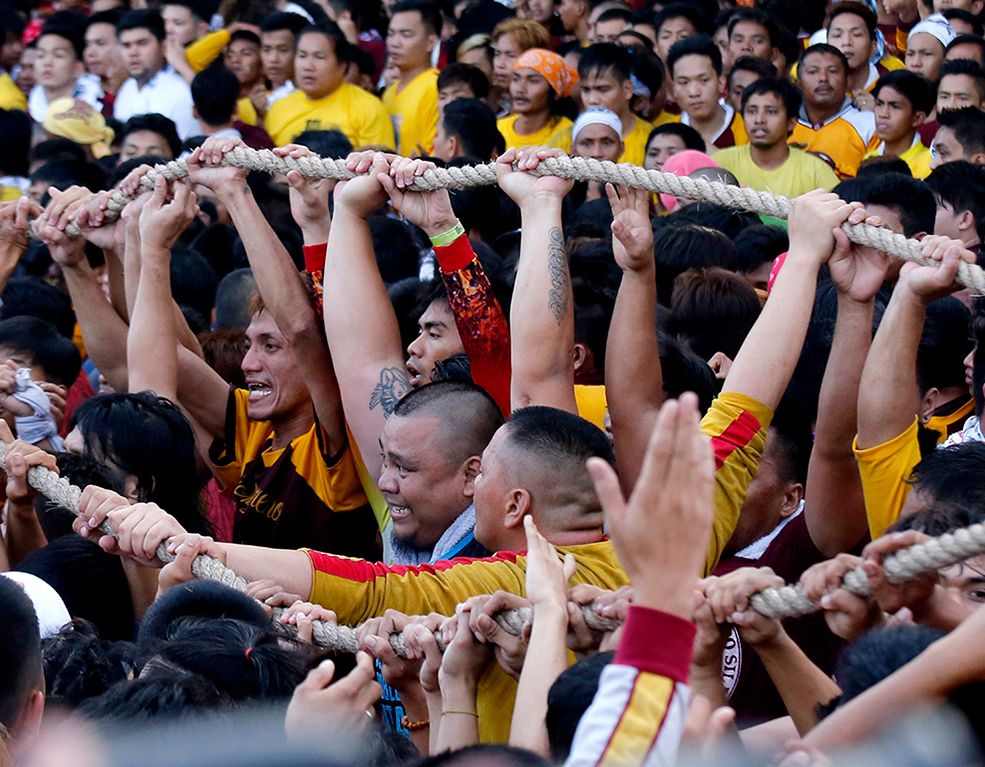

The Traslacion is held every January 9 on the feast of the Black Nazarene. It is a spectacular and even scary mammoth, with a seven-kilometer long procession attracting between a million to 1.5 million devotees. What are the reasons for such a show of devotion seemingly edging on fanaticism and idolatry?
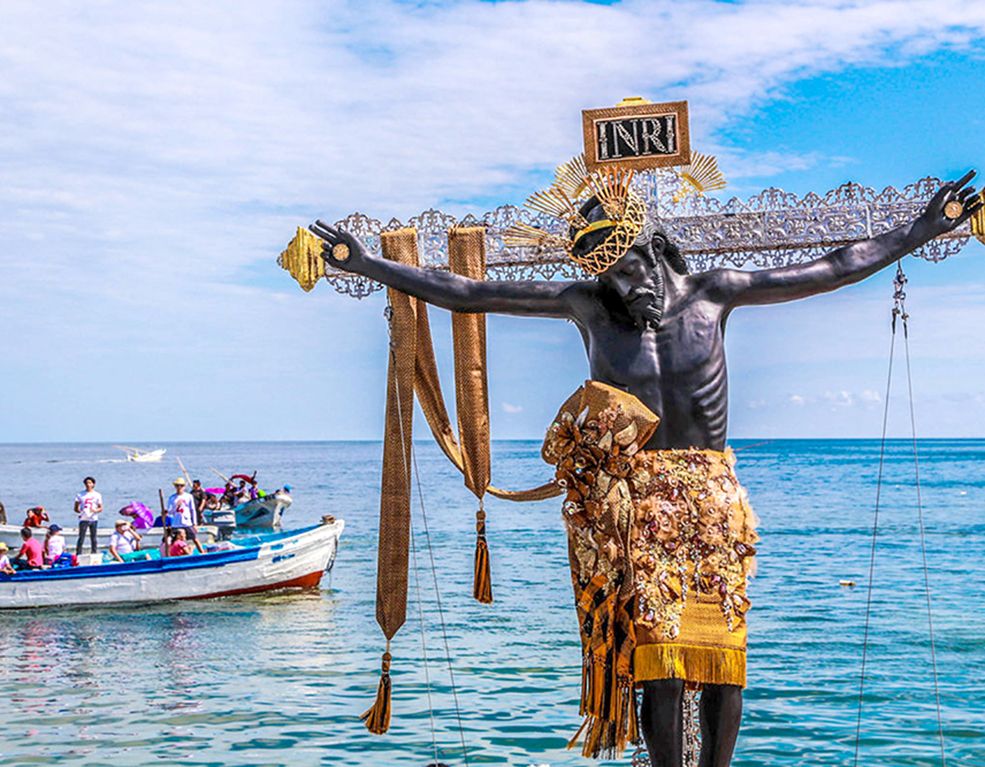

There is a plethora of motives for the veneration of the image of the suffering Christ. For some devotees, it means a pious exercise of atonement, while for others it is a simple heartfelt thanksgiving to the Lord, but the goal is equal: to praise, pray and intercede for deliverance.


The world, especially the poor, needs a national and global economy that justly and fairly works for everyone.


The phenomenal rise in extreme poverty–for the first time in 20 years–has been accompanied by an upsurge in the incomes of the world’s billionaires and the super-rich.
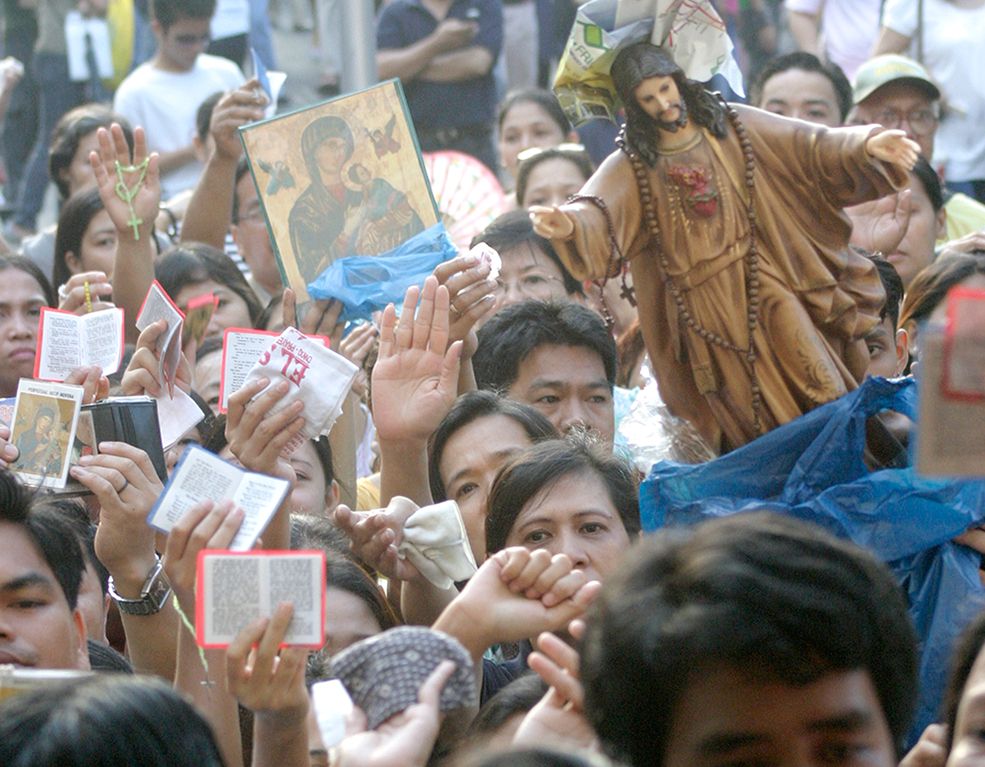

Aside from East Timor, the Philippines is the only Catholic country in Asia. With religious faith, we have become devotees of various Christian traditions. To name a few, there are devotions to the Holy Blessed Mother Virgin Mary, the Holy Child and to our Lord and Savior, Jesus Christ.


Prayer is so intertwined with life that we can safely say that we pray to live and live to pray. To make life coincide with prayer, the follower of Christ needs formal moments of prayer every day.
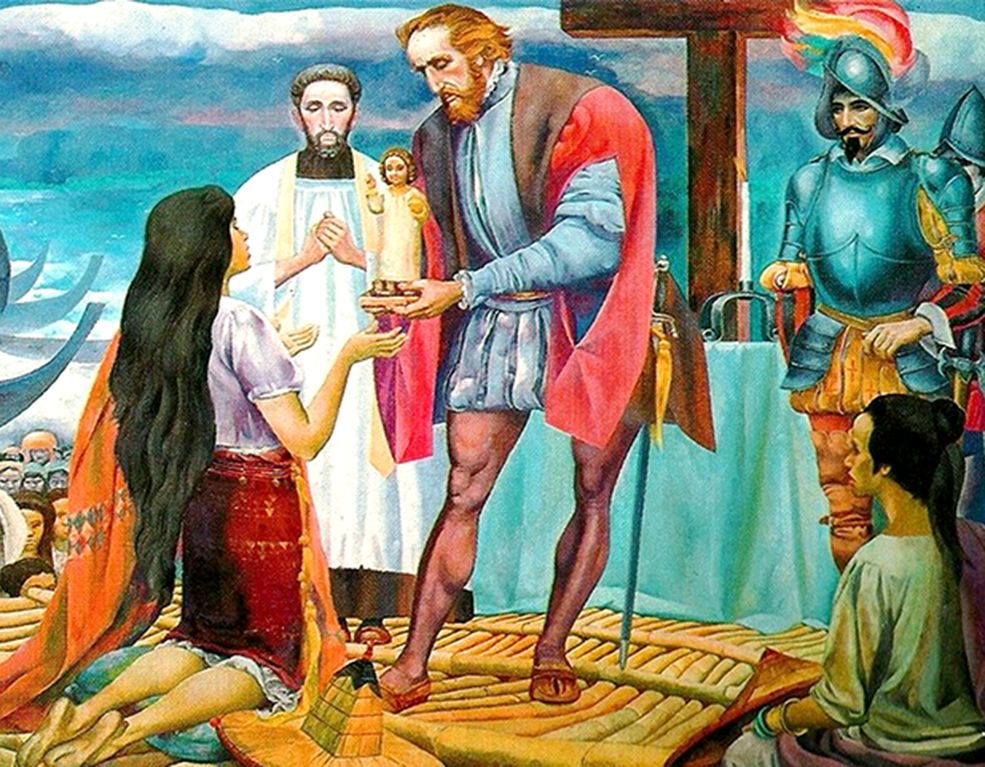

On March 16, 1521, Magellan and his Spanish fleet arrived in the Philippines. The first Mass was celebrated at Limasawa. The newly baptized Queen Juana received the statue of the Santo Niño, like the seed of faith. It was the birth of Christianity in this country.
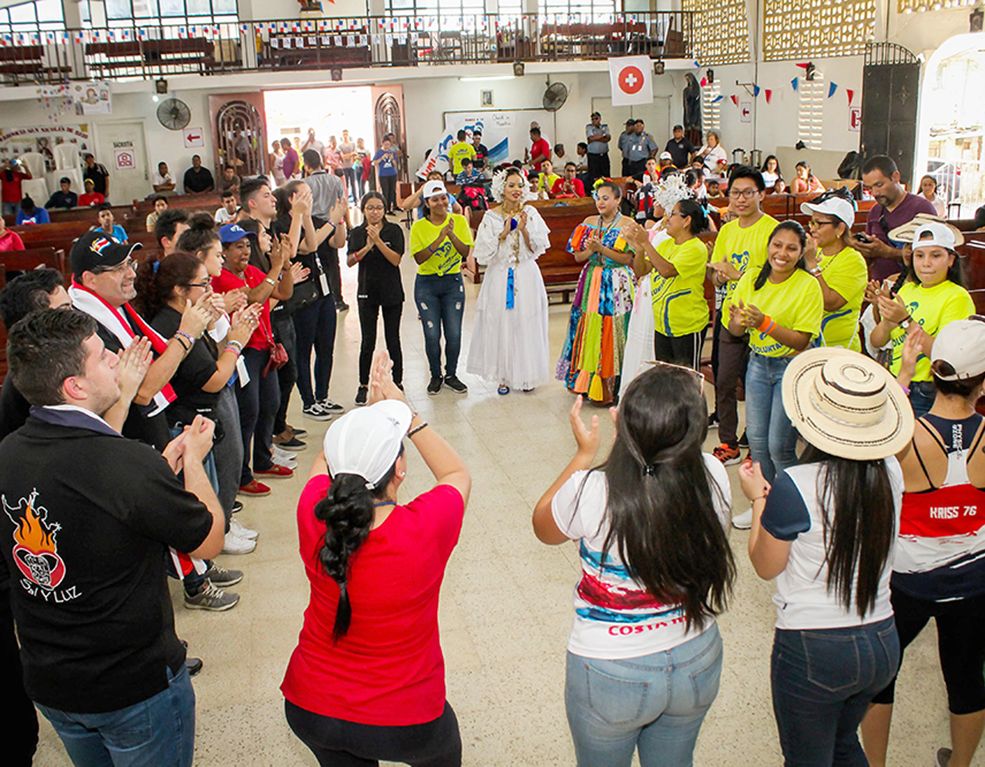

To dare to follow a path of integral vocational discernment accompanied by the community is to dare to confront oneself and give a Christian response to the concerns of today’s world.


In the year when Filipinos come together to celebrate 500 years of Christian faith under the theme “Gifted to Give,” Ilsa Reyes will be exploring in the forthcoming articles the richness of Pope Francis’ latest encyclical Fratelli Tutti in a new column titled “Unity in Diversity.”
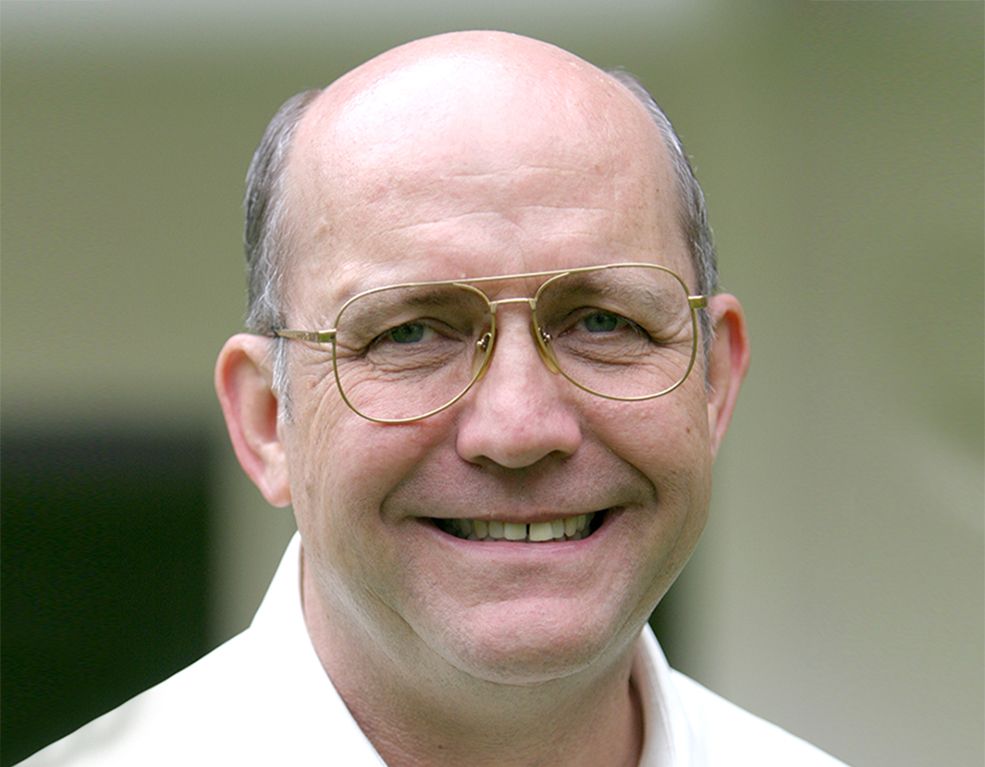

As the Philippines prepares to celebrate 500 years of the arrival of Christianity, Fr. James Kroeger leads us in this series into a discovery journey of the landmark events that comprise the marvelous history of faith in the Philippine archipelago.
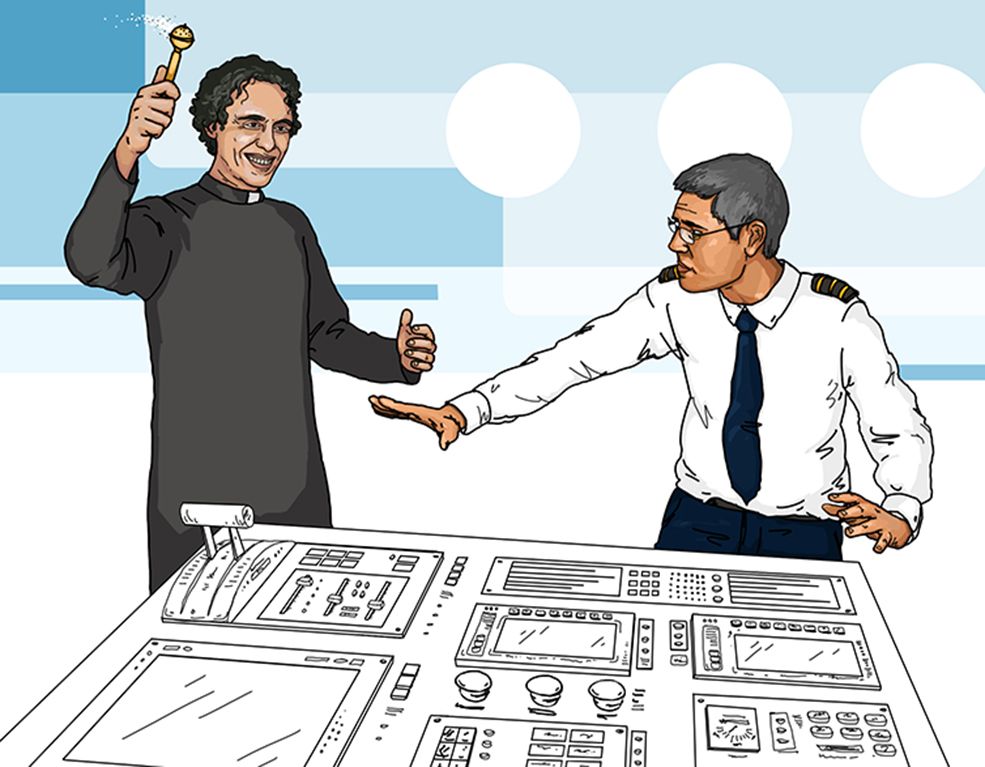

A few years ago, I received an invitation from an Italian shipowner to bless his newly bought ship here in Korea. He convinced me with the offer of taking me to the spot by helicopter. I accepted because to fly in a helicopter had been my dream. I forgot my duties with the children and with the homeless in the canteen and hastened to reply: “Ok, I’ll go.”
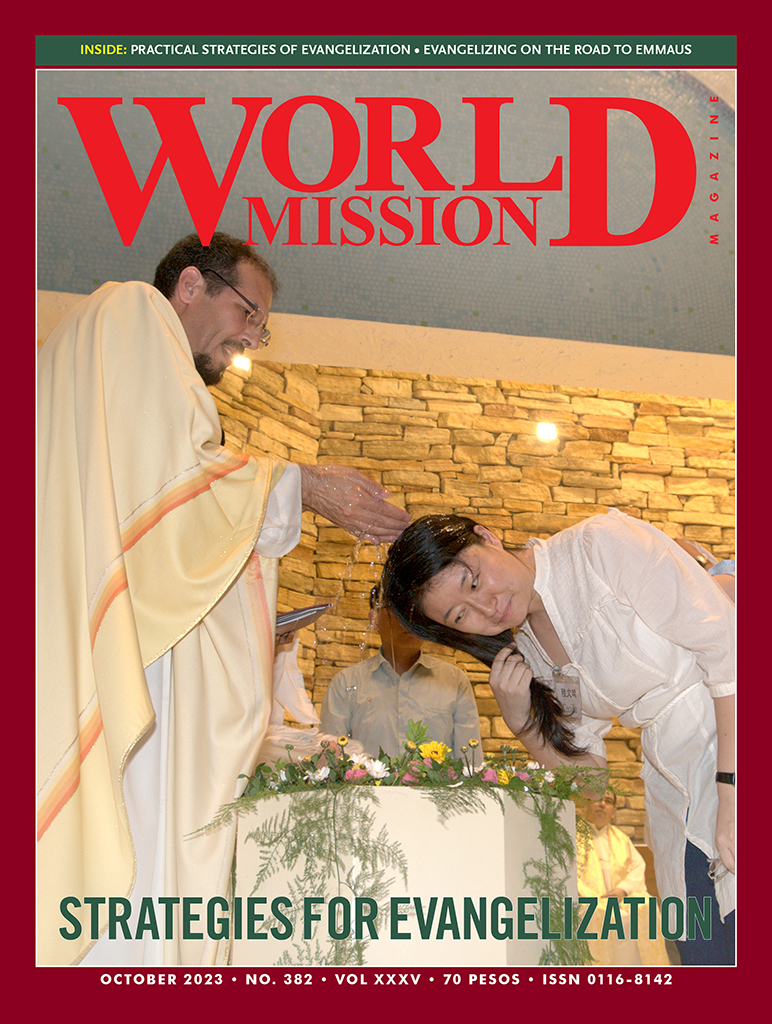

October 2023 Issue
The latest issue is reserved for paying Subscribers only.
